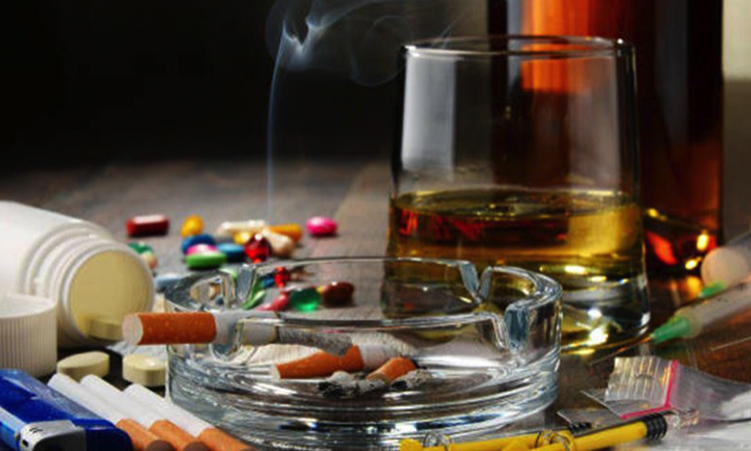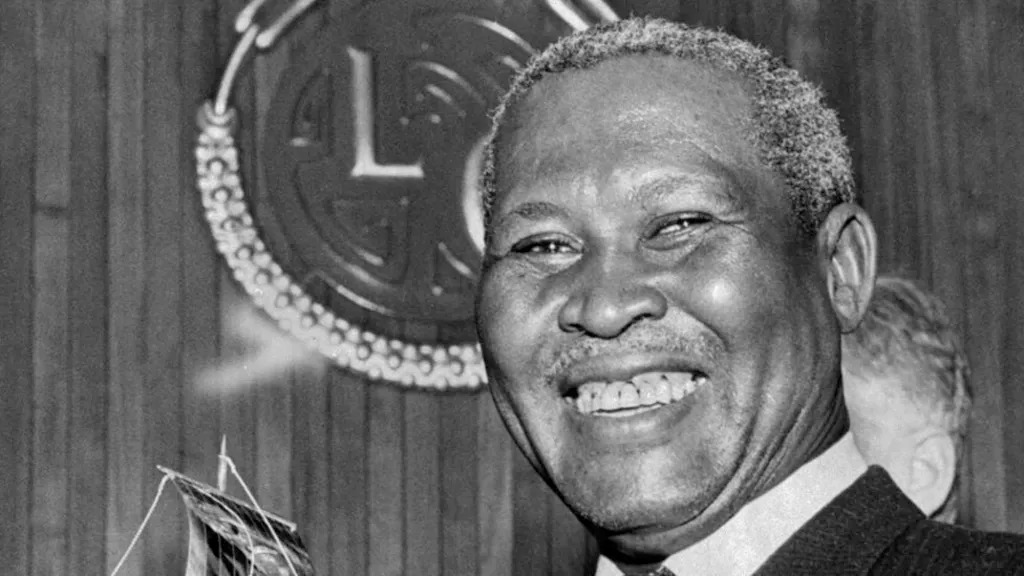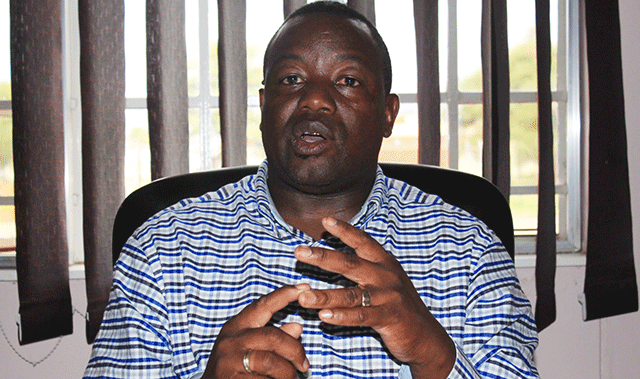The European Union (EU) has been Namibia’s largest trading partner for the past three years, maintaining a positive trade surplus, according to preliminary findings from a draft study.
The findings were unveiled yesterday at a stakeholder workshop hosted by the EU Delegation to Namibia, focused on strengthening trade and investment relations between the two partners.
The study, conducted by economist Robin Sherbourne, provides a detailed analysis of Namibia-EU trade and foreign direct investment (FDI) trends over the past decade.
Sherbourne highlighted that the EU, operating as a single trading bloc, has consistently been one of Namibia’s most important markets, particularly for its diamond, uranium and gold exports.
According to the draft study Namibia enjoys a trade surplus with the EU, exporting more goods to the bloc than it imports.
In 2023, 95% of Namibian exports to the EU were directed to Belgium, Spain, The Netherlands, France, Italy, Germany and Portugal.
Exports include diamonds, uranium, refined copper, hake, table grapes, charcoal and leather hides.
EU countries like Germany, The Netherlands, Italy and Spain were significant sources of imports for Namibia, providing goods like machinery, vehicles and manufactured products.
The report also highlights the EU’s diversification of investments in Namibia, spanning sectors such as agriculture, fishing, mining, renewable energy, green hydrogen and hospitality.
EU ambassador to Namibia Ana Beatriz Martins emphasised the shift in the relationship from traditional development aid to a partnership of equals.
“Trade is an instrument for development that empowers people. It creates jobs, supports economic planning and identifies growth opportunities,” she said.
Martins stressed the importance of the Economic Partnership Agreement and the Partnership on Raw Materials Value Chains and Renewable Hydrogen, which she described as critical to Namibia’s development goals.
The final report is anticipated to offer additional insights into FDI patterns and long-term strategies to enhance the EU-Namibia trade relationship.
Stay informed with The Namibian – your source for credible journalism. Get in-depth reporting and opinions for
only N$85 a month. Invest in journalism, invest in democracy –
Subscribe Now!










